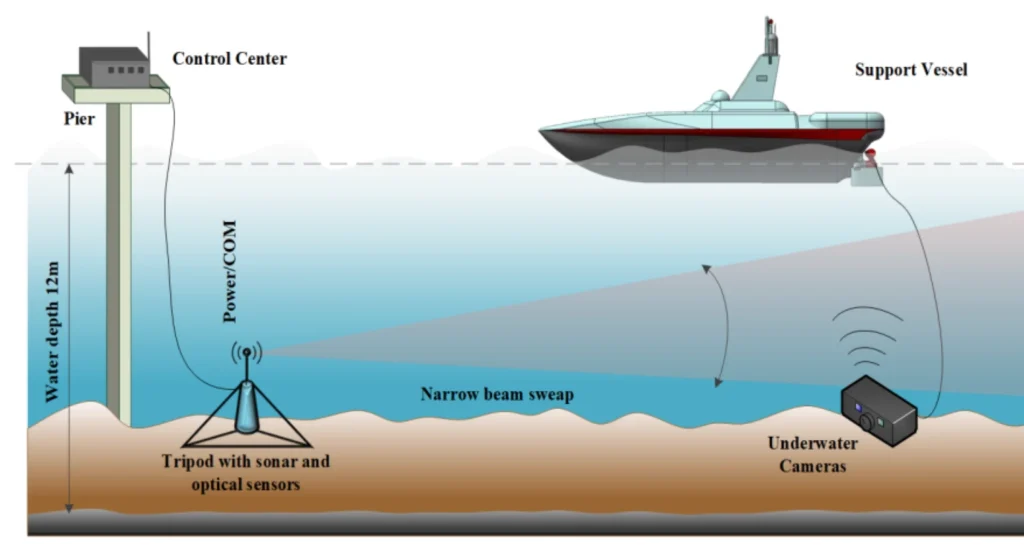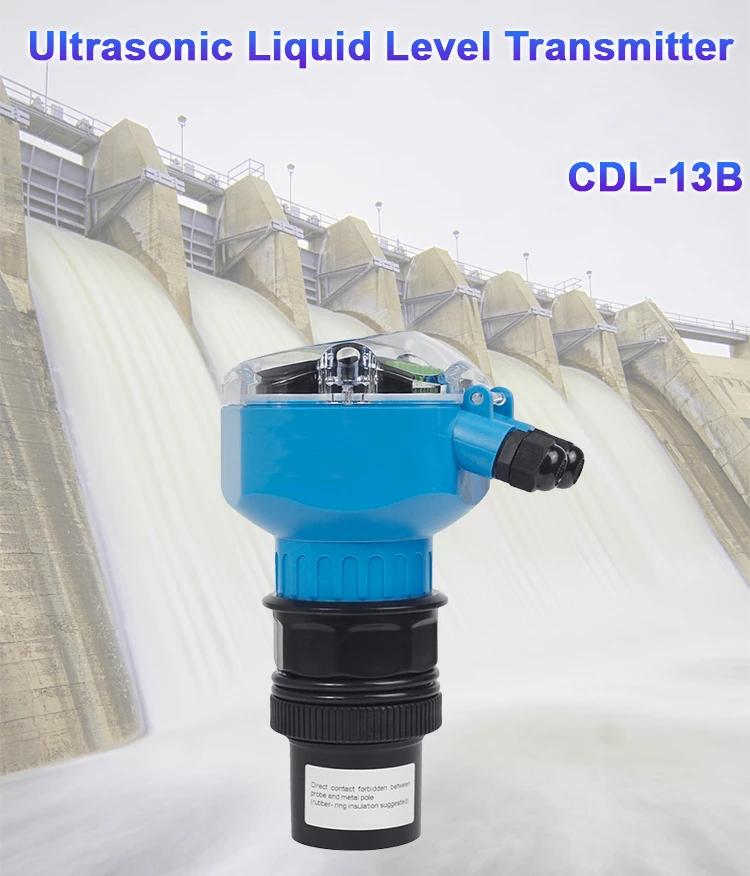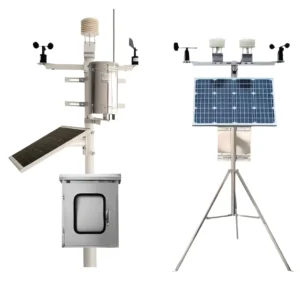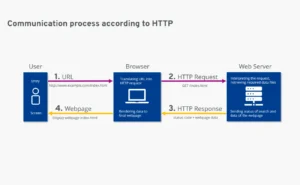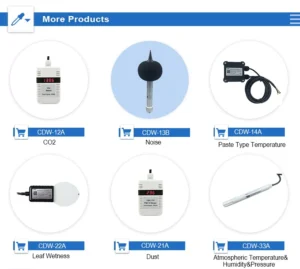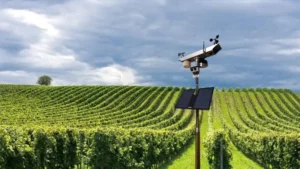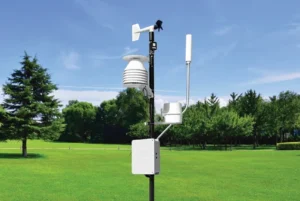Detecting Oil in Water: Sensor Technologies and Solutions
Water is a vital resource, and its purity is critical for human health and the sustainability of ecosystems. Unfortunately, water pollution, particularly from oil spills, poses a persistent and significant environmental threat. The ability to detecting oil in water is essential to limiting the damage caused by such incidents. Here, we discuss a range of sensors that can identify oil contamination, highlighting their mechanisms, use cases, and limitations.
Optical Sensors
Optical sensors are one of the most common tools for finding oil in water. They are precise and reliable. These sensors function by emitting light at specific wavelengths and analyzing how it interacts with the water sample. When oil is present, it modifies light properties through absorption or scattering, creating a unique optical signature. Researchers measure this signature to determine oil concentrations. Optical sensors are very useful for real-time monitoring and automation. They are great for large-scale tasks like tracking oil spills in oceans or managing industrial wastewater.
Conductivity Sensors
Conductivity sensors, also known as resistivity sensors, rely on the distinct electrical properties of oil compared to water. Water conducts electricity more readily than oil, which acts as an insulator. These sensors can find oil by passing an electric current through a water sample and measuring its resistance. Known for their robustness, conductivity sensors deliver reliable results even in challenging environmental conditions. Industries widely utilize them in systems where detecting oil contamination frequently becomes necessary.
Ultrasonic Sensors
Ultrasonic sensors leverage sound waves to identify oil in water. These sensors emit high-frequency sound waves into the water, which reflect back when they encounter oil droplets or layers. The sensor measures the presence and location of oil by calculating how long it takes for the waves to return. They are very good at spotting oil slicks on water. This makes them a top choice for environmental monitoring and emergency spill response.
Electrochemical Sensors
Electrochemical sensors detect oil by utilizing electrochemical reactions that occur when oil molecules interact with specific electrodes. We monitor changes in electrical current to determine oil presence and concentration. These sensors are highly sensitive and selective, which allows them to detect even minute traces of oil. Industries such as petrochemical plants, refineries, and water treatment facilities use them for continuous monitoring, which helps maintain operational efficiency and prevent environmental contamination.
Conclusion
The detection of oil in water is crucial for preserving water resources and protecting ecosystems from harmful pollution. Technologies like optical sensors, conductivity sensors, ultrasonic sensors, and electrochemical sensors offer effective solutions suited to different applications. Each type of sensor has its strengths and weaknesses. This shows how important it is to choose the right technology for specific needs. As advancements in sensor technologies progress, we can anticipate more efficient methods for monitoring and mitigating oil pollution globally.
Hunan Coda Electronic Tech Co., Ltd: A Trusted Partner
Hunan Coda Electronic Tech Co., Ltd aims to provide high-quality sensor technologies. They also offer services that improve customer satisfaction and support global environmental goals. Guided by innovation and a commitment to safety and reliability, the company provides products with tangible value. They want to build trust and loyalty in different markets. They do this by using scalable platforms and advanced technology. This helps them respond to consumer needs quickly. This commitment extends to offering safe, effective tools and rewarding opportunities for local communities.
